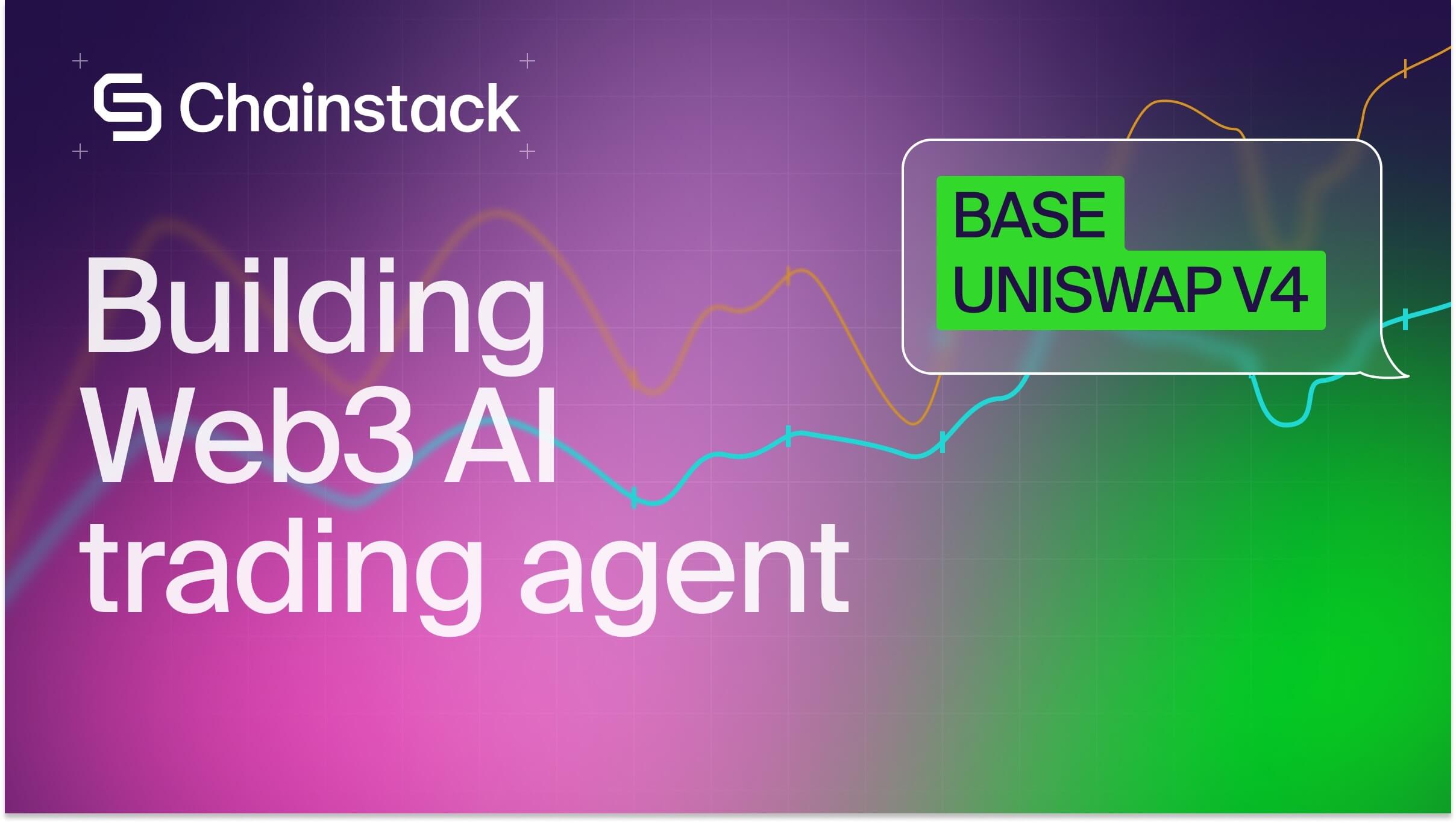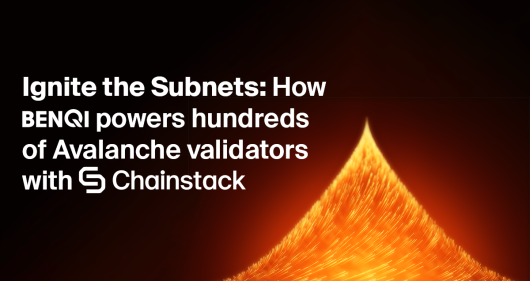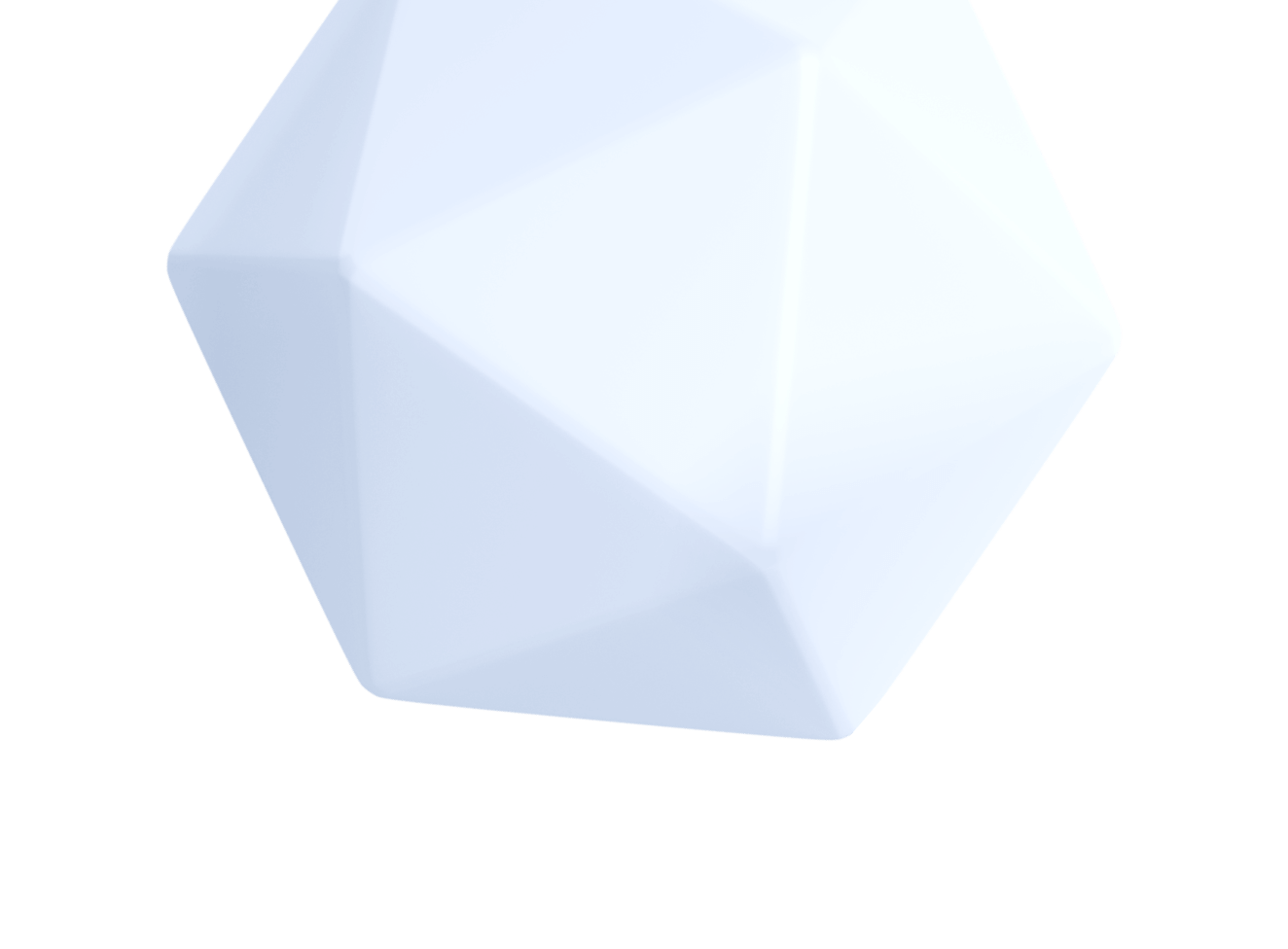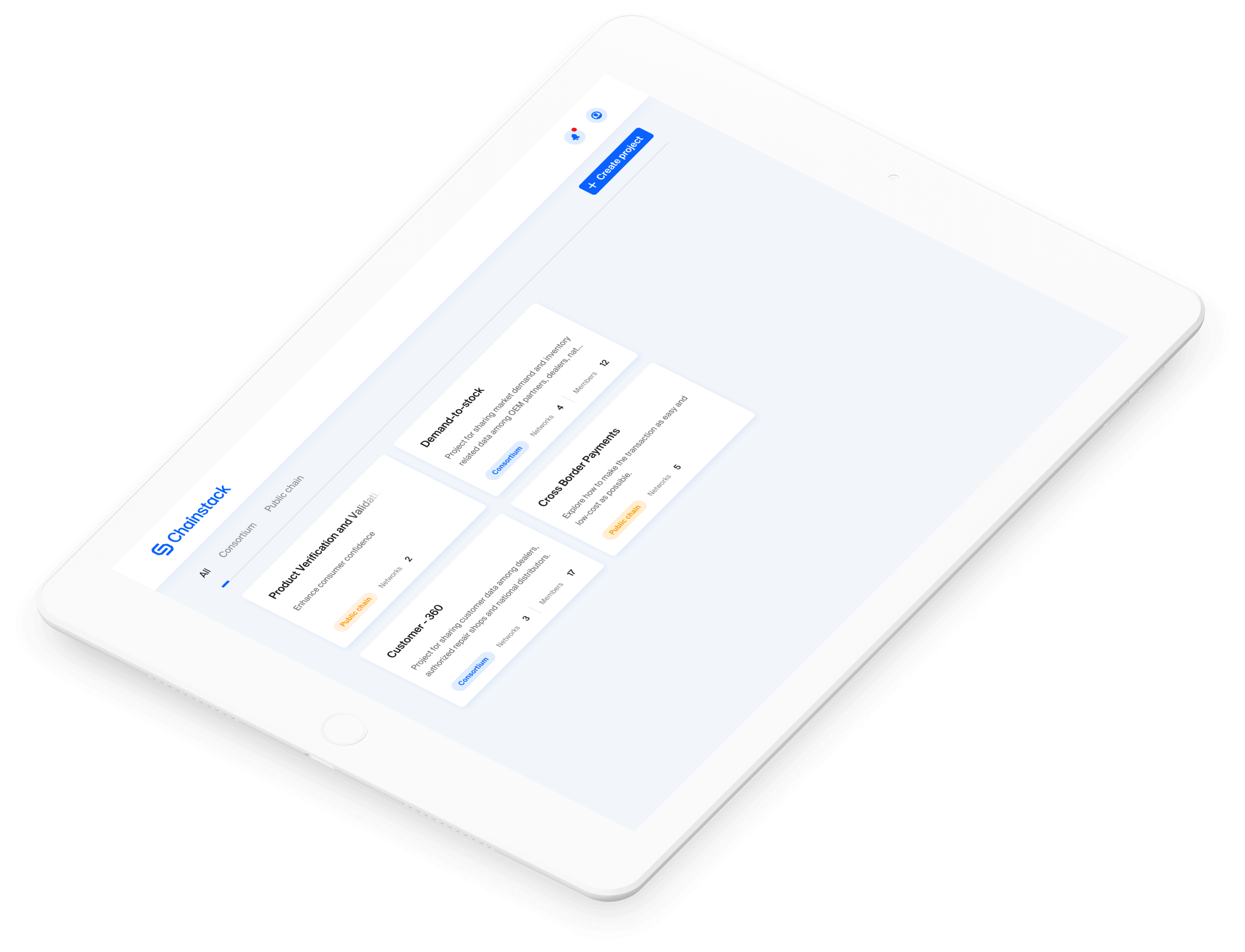How to build on Unichain testnet with Chainstack
Unichain mainnet has solid traction already. Testnet gives builders room to experiment before mainnet, and Chainstack now runs RPC for both. Read on to see how to set up and start building.
Every L2 promises lower fees and faster blocks, yet few are tuned for DeFi from day one.
Unichain, the OP Stack chain built by Uniswap Labs, is one of them. It runs with one-second blocks and is rolling out ~200 ms sub-blocks, while gas fees come in about 95 percent lower than Ethereum L1. On top of that, block building happens inside a trusted execution environment with verifiable ordering and revert protection. That means failed trades don’t burn gas, and predatory MEV is harder to pull off, creating room for strategies like arbitrage bots and multi-step trades that would be too costly or too slow elsewhere.
With both testnet and mainnet online, Unichain RPC is available on Chainstack so you can start on testnet and move to mainnet without changing your setup. Here, we will cover the details on how to connect and get to building.
What is Unichain?
As said, Unichain is an OP Stack L2 built by Uniswap Labs, with an architecture tuned for decentralized finance. This DeFi-first design delivers low latency, fast confirmation, and the throughput needed for high-frequency trading and complex on-chain strategies.
Being built on the OP Stack also makes Unichain fully EVM-equivalent. You get Ethereum compatibility out of the box and direct access to the wider Optimism Superchain. This lets you keep using the same tools you already know — Hardhat, Foundry, and Remix — to port contracts and dApps. Both the Unichain testnet and mainnet share the same environment, which makes building on Unichain feel like a direct extension of your Ethereum workflow.
This consistency matters because Unichain isn’t a general-purpose rollup like Arbitrum or Base. It’s built to concentrate DeFi liquidity and experimentation around the Uniswap ecosystem. That focus makes it suited for:
- High-frequency trading systems and arbitrage strategies
- Perpetual and margin trading protocols
- Vaults and advanced multi-step swap routing
- MEV-resistant liquidation and backrunning
- Cross-chain DeFi applications tapping into the Optimism Superchain
Unichain Mainnet vs. Testnet: Which one to choose?
The choice is simple: always start with the Unichain testnet. It’s a risk-free environment designed for development, testing, and debugging without financial risk. Once tested, you switch to the Unichain mainnet, where you can run against live liquidity.
| Feature | Unichain testnet | Unichain mainnet |
| Purpose | Development, testing, debugging | Production apps |
| Token/gas | Testnet tokens, obtained for free from a Unichain faucet | UNI, ETH |
| Liquidity | Simulated, no real exposure | Real liquidity and active DeFi protocols |
| RPC endpoint | Global Nodes, Dedicated Nodes | Global Nodes, Dedicated Nodes |
Both environments mirror each other, so moving from testnet to mainnet doesn’t require changing your setup on Chainstack.
Building on Unichain with Chainstack
Infra you can trust is non-negotiable when you’re building on chain, and it matters even more for a DeFi-heavy L2 like Unichain. With Chainstack, you get Unichain RPC on both mainnet and testnet. That means archive access, debug & trace, and global coverage without the stress of running your own nodes.
On the Unichain mainnet, you can run Global Nodes or Dedicated Nodes, and choose between Full and Archive. On Unichain testnet, you can run Global Nodes or Dedicated Nodes. Both environments expose HTTP and WebSocket connections. You can also add Access rules to control methods, keys, and IPs.
From here, create a Unichain RPC endpoint on Chainstack and plug it into your tooling.
How to connect to Unichain testnet RPC
- In the Chainstack console, open your project and click Add node.
- Choose between Global Node or Dedicated Node and then pick testnet.
- Deploy the node.
- Copy the HTTP or WebSocket RPC endpoint from the node details page.
- Paste the endpoint into your config (Hardhat, Foundry, Remix, or whichever framework you use).
- Fund your wallet with testnet tokens from a faucet.
- Deploy and interact with your contracts against Unichain testnet.
Wrapping up
Unichain is built for DeFi, and now both its testnet and mainnet are supported on Chainstack. With Unichain RPC you can deploy contracts, run tests, and debug without worrying about infra, then scale the same setup when it’s time to ship.
The flow is simple: start on the Unichain testnet to experiment safely, then move to mainnet when you’re ready for real liquidity. Chainstack gives you the same workflow across both, so the only thing that changes is the network you point to.
Power-boost your project on Chainstack
- Discover how you can save thousands in infra costs every month with our unbeatable pricing on the most complete Web3 development platform.
- Input your workload and see how affordable Chainstack is compared to other RPC providers.
- Connect to Ethereum, Solana, BNB Smart Chain, Polygon, Arbitrum, Base, Optimism, Avalanche, TON, Ronin, zkSync Era, Starknet, Scroll, Aptos, Fantom, Cronos, Gnosis Chain, Klaytn, Moonbeam, Celo, Aurora, Oasis Sapphire, Polygon zkEVM, Bitcoin and Harmony mainnet or testnets through an interface designed to help you get the job done.
- To learn more about Chainstack, visit our Developer Portal or join our Discord server and Telegram group.
- Are you in need of testnet tokens? Request some from our faucets. Multi-chain faucet, Sepolia faucet, Holesky faucet, BNB faucet, zkSync faucet, Scroll faucet.
Have you already explored what you can achieve with Chainstack? Get started for free today.
FAQ
Unichain is a DeFi-first L2 built by Uniswap Labs on the OP Stack. Unlike general-purpose rollups such as Arbitrum or Base, it’s designed with DeFi in mind: low latency, MEV protection, and throughput that can handle high-frequency trading. The goal is to concentrate liquidity and experimentation around the Uniswap ecosystem.
Yes. Unichain is fully EVM-equivalent. This means that if you’re a developer coming from Ethereum, you can use the same tools and workflows you already know, such as Hardhat, Foundry, and Remix, without any major changes. Your existing smart contracts will port over seamlessly.
Yes. The Unichain testnet is live and supported on Chainstack. It mirrors the mainnet environment but uses faucet tokens and may reset more often.
 Ethereum
Ethereum Solana
Solana TON
TON Base
Base BNB Smart Chain
BNB Smart Chain Hyperliquid
Hyperliquid Aptos
Aptos TRON
TRON Ronin
Ronin zkSync Era
zkSync Era Sonic
Sonic Polygon
Polygon Unichain
Unichain Gnosis Chain
Gnosis Chain Sui
Sui Avalanche Subnets
Avalanche Subnets Polygon CDK
Polygon CDK Starknet Appchains
Starknet Appchains zkSync Hyperchains
zkSync Hyperchains



























